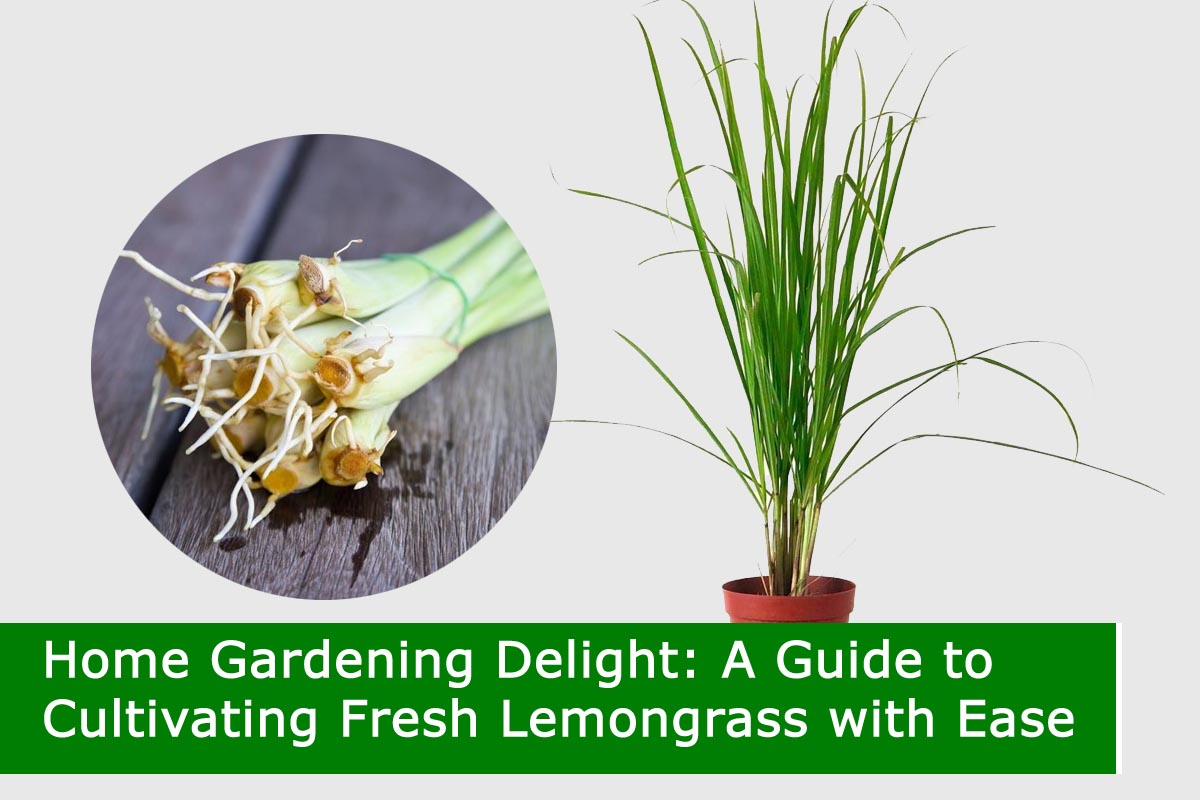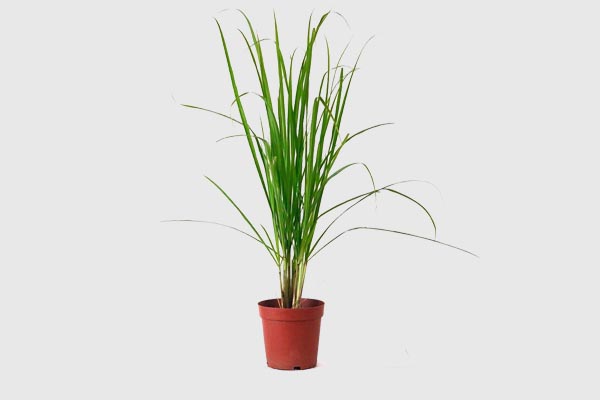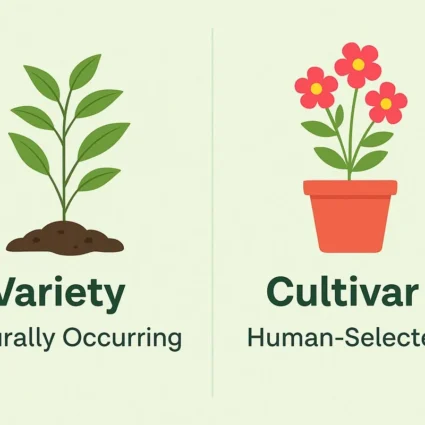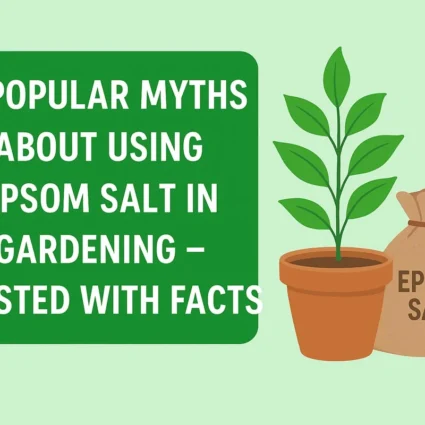
Home Gardening Delight: A Guide to Cultivating Fresh Lemongrass with Ease
Lemongrass (Cymbopogon citratus) is a tropical herb celebrated for its aromatic and citrusy essence, enhancing culinary delights and offering potential health benefits. With its origins in Southeast Asia, this perennial grass features tall, slender stalks and leaves that release a zesty fragrance when crushed. Commonly utilized in various global cuisines, lemongrass imparts a distinct lemon flavour to soups, teas, and savoury dishes. Beyond its culinary charm, lemongrass is esteemed for traditional medicinal uses and is believed to possess anti-inflammatory and digestive properties. Easily cultivated, lemongrass thrives in warm climates and can be grown at home, adding flavour and fragrance to gardens.
Growing lemongrass at home is a rewarding and straightforward process. Here’s a step-by-step guide on how to grow lemongrass:
Method: Growing Lemongrass from Cuttings

Materials Needed:
- Lemongrass stalks with roots (obtained from a grocery store or a nursery).
- Potting mix or well-draining soil.
- Containers or pots.
Also Read This :Green Guardians: Exploring the Best Plants Used for Hedges
Growing Lemongrass from Cuttings Steps:
Obtain Lemongrass Stalks:Purchase fresh lemongrass stalks from a grocery store or a nursery. Ensure that the stalks have a bulbous root end.
Prepare Cuttings:Cut the lemongrass stalks into sections, each about 4-6 inches long. Include the bulbous root end and a portion of the stalk.
Planting:Fill pots or containers with a well-draining potting mix. Plant the lemongrass cuttings, burying the root end in the soil while exposing the top portion.
Watering:Water the cuttings thoroughly after planting. Keep the soil consistently moist, especially during the initial stages of growth.
Sunlight:Place the pots in a sunny location. Lemongrass prefers full sun, so provide at least 6-8 hours of sunlight daily.
Maintenance:Regularly water the plants to keep the soil consistently moist. Mist the plants occasionally to maintain high humidity.
Transplanting:Once the lemongrass plants have established roots and grown to a suitable size, they can be transplanted into larger pots or directly into the garden.
Harvesting:Harvest lemongrass by cutting the outer stalks close to the base when they are about a foot tall. Use a sharp knife or scissors.

Also Read This :How to Growing Krishna Kamal, Lord Krishna’s Favorite Flower, at Home
Lemongrass Tips:
- Lemongrass is a tropical plant, so if you live in a colder climate, consider growing it in pots so you can bring it indoors during the winter.
- Ensure good drainage to prevent waterlogging, as lemongrass does not tolerate waterlogged conditions.
- Fertilize the plants with a balanced fertilizer during the growing season to promote healthy growth.
By following these steps and providing the right growing conditions, you can grow lemongrass at home, ensuring a fresh supply for culinary and aromatic purposes.
Also Read This :Embracing the Beauty of Indoor Plants with Striking Red Leaves
Uses and Benefits Lemongrass
Lemongrass is valued for its versatile uses and potential health benefits:
Culinary Uses:
Lemongrass is a popular ingredient in various cuisines, particularly Southeast Asian dishes. It adds a lemony, citrus flavour to soups, curries, stews, marinades, and teas.
Aromatic Qualities:
The essential oils in lemongrass contribute to its robust and refreshing fragrance. It is often used in aromatherapy and scented products like candles and soaps.
Also Read This :Growing Syngonium Plants at Home: A Simple Guide Using Cuttings and Seeds
Medicinal Properties:
Lemongrass has been traditionally used in herbal medicine for its potential health benefits. It is believed to have anti-inflammatory, antioxidant, and antimicrobial properties.
Digestive Aid:
Some people use lemongrass to help with digestive issues and stomach discomfort. It is thought to have calming effects on the digestive system.
Also Read This :Right Direction to Keep Tulsi Plant in Your Home
Citronella Oil Production:
Certain varieties of lemongrass, such as Cymbopogon nardus and Cymbopogon winterianus, are cultivated to extract citronella oil, used as an insect repellent.
Antioxidant Content:
Lemongrass contains compounds like citral and geraniol, which have antioxidant properties that may help neutralize free radicals in the body.
Also Read This :Botanical Bounty: Must-Have Flowering Shrubs to Transform Your Garden
Calming and Stress Relief:
The aroma of lemongrass is believed to have calming effects, and it is often used in herbal teas and aromatherapy for stress relief.
Antifungal Properties:
Some studies suggest that lemongrass oil may have antifungal properties, making it useful in topical applications for specific skin conditions.
Also Read This :Exploring the Green Tapestry: All About Shrubs, Plants, and Their Types
While lemongrass offers these potential benefits, consulting with a healthcare professional for personalized advice is essential, especially if using it for medicinal purposes.




